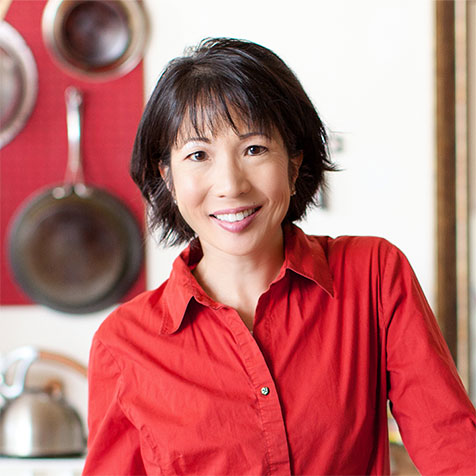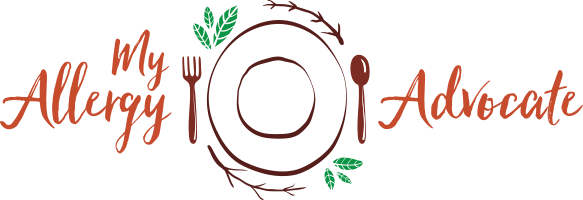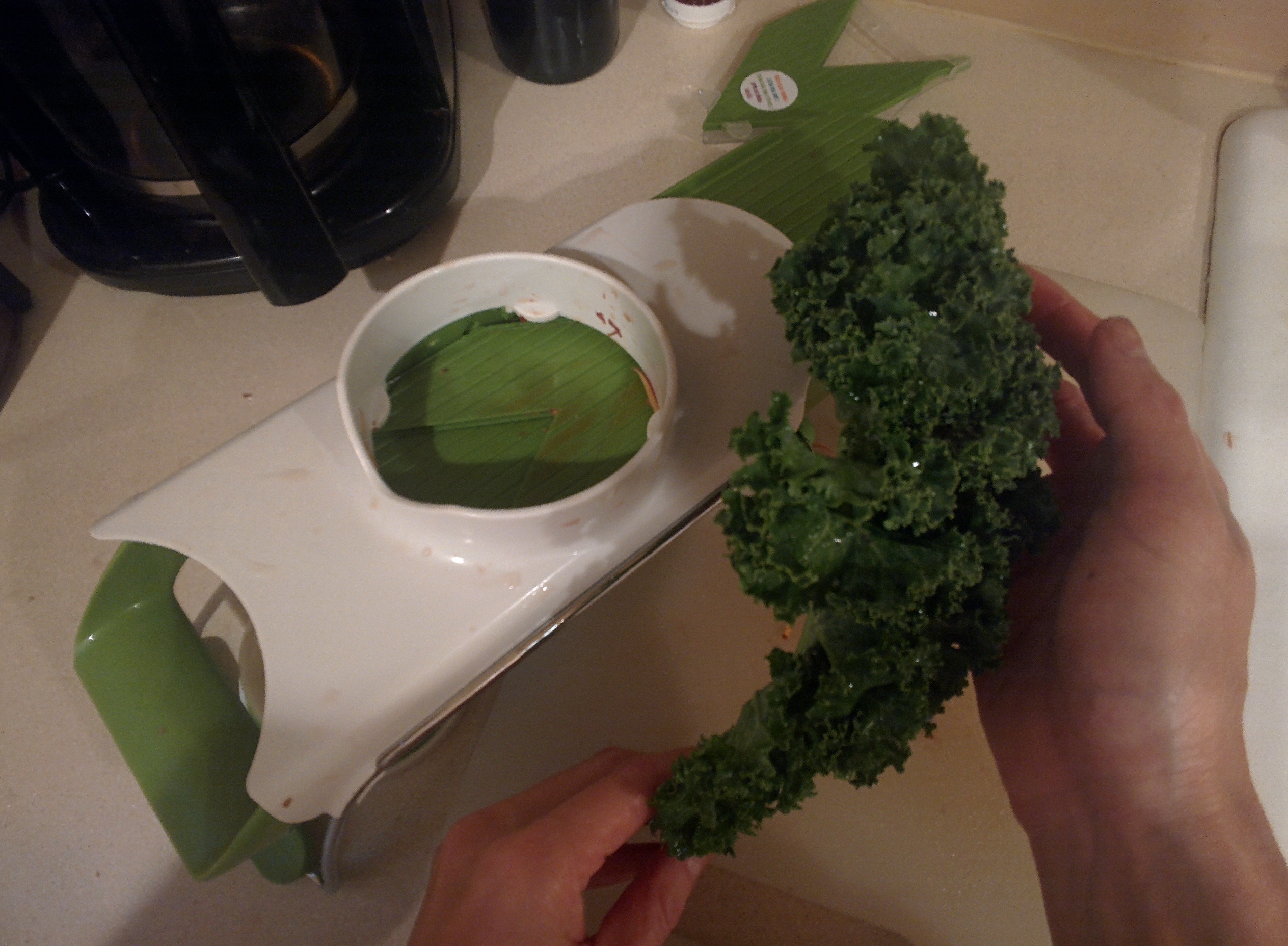
What does it look like, day to day, living with multiple food allergies and an autoimmune disease such as Celiac Disease?
The most common question I get from others dropping in on My Allergy Advocate or talking to me on Social Media is this:
“What is it really like living with so many food allergies, intolerances, AND also Celiac Disease?”
[Update: 09/05/2016 – I’ve added a few updates to this post because things have changed a bit for me since I wrote this, as it will for anyone with multiple food allergies and intolerances. As my diet became uber clean and more heavily restricted, the response became worse. -IH]
I know, O Hungry Minions, you are not just talking about how to read ingredient lists, or how to pick a safe restaurant (although both of these are very important skills to master). This question is potentially a much deeper question about how I live, day-to-day, with a lifestyle that is labeled too restrictive by some, and dismissed as, “I could never do that!” by others.
For those of you peering into the world of food allergies, intolerances, sensitivities, and autoimmune diseases, or GI problems requiring a dramatic change in how you feed and nourish yourself (or a dependent child or elder), this post is for you. If you’re “old hat” about this topic, I’m also thinking of you, and my hat is off to you for figuring it out, caring for yourself, and making food fun again. We can swap food stories, empathize, and share a good laugh or two.
And for those who are curious, who are attempting to try a Whole30 or paleo diet because of the potential health benefits, I’m thinking of you too! It’s been hard enough changing my lifestyle to avoid illness, and there is a sharp learning curve that actually makes it easier when you have so few choices. In many ways, having no food restrictions other than your own mind choosing to eat in a less familiar, more restricted manner is difficult because at some point, you can always convince yourself you can have a “cheat day” or a “cheat meal.” But a cheat meal isn’t something I can do without dramatic negative consequences, and in that sense, I think you have it way harder than I.
Still, I think most people look at my diet, my choices, and my lifestyle, and quietly thank their lucky stars that they aren’t me. I get comments like, “You poor thing!” and “I’d die if I couldn’t eat out as much!” If the tables were turned, perhaps I’d be the one with the secret thoughts of feeling lucky.
Where there is illness, there are these little deaths. And in the little deaths, there is new life and stories that I believe are valuable enough to be shared and passed on. Take a look at my typical weekend, from Friday to Sunday night, and see for yourself. It’s just one window into this challenging world of food allergies and autoimmune disease.
It does get better. It did get better. And the results are extraordinary.

March 13 2013, 300 food allergies, pre-diagnosis of Celiac Disease. I had begun to run but was constantly sick with mysterious stomach issues, skin rashes, and a lot of fatigue. Maui Triathlon Camp 2013, just running with the other triathletes because I wasn’t a triathlete yet. Pictured here, I am 20 pounds heavier than I am today.
Friday morning 5:00AM
Every Thursday night, I tell myself I’m going to let myself sleep in on Friday morning because I don’t go into the office on Fridays. Yet because my body is so used to getting up at 4:30AM for my workouts in preparation for Ironman Tremblant, I’m usually awake by 5:00AM anyways. Cat is fed by my husband, and usually returns to our bed to snuggle or go back to sleep. In any case, I wake up to her cold nose and repeated head booping.
I assemble some gluten free options for breakfast based on what level of fitness training is planned for the day. My Coach drops a week of workouts in a calendar program called TrainingPeaks with instructions; Fridays recently are usually either a long ride on my Computrainer (4+hours), or a long run outside. I put together a snack box for my Computrainer ride: sweet potato, measured amount of maple syrup, two pieces of bacon, and some homemade beef jerky, along with a full bottle of water and electrolytes.
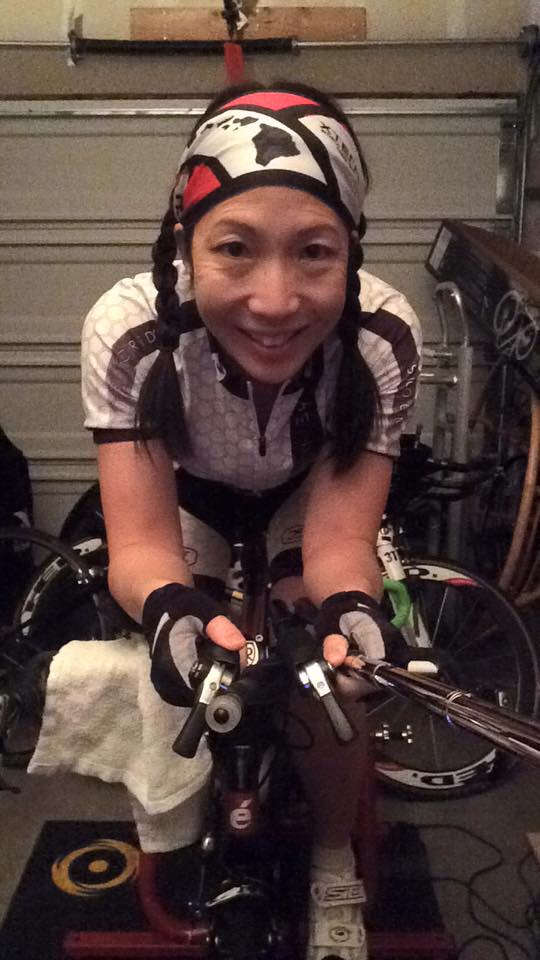
February 5 2016. We have a Computrainer set up in the garage, with a laptop that runs a bike course program of your choice, and Netflix hooked up so you can watch something while riding.
By 10:00am, my time-trial bike on the Computrainer is warmed up, Netflix movie is queued up, and I’m riding until the early afternoon. I put my iPhone on the bike so that I can check my emails, respond to texts, and chit-chat with friends on the easier parts of the ride; the rest is too hard to do anything but grind it out.
By the time I’m done, I’m not hungry for lunch, so I shower up, rest, and prepare food for dinner later. Sometimes I’ll do a mini-batch cooking session, with the main batch cooking session on either Sunday afternoon or Monday afternoon if I’m not in the office.
Dinner at 6:00PM in our house are pretty simple and made to the plate; that is, my husband and I can often share the main dish (a meat protein), but what we put on the sides are different because of our different needs and tastes. My husband can eat gluten, so he might have pasta with his sauce, but if I want pasta, I must cook mine separate from his, and my sauce must be made by hand without alliums.
Dishes move from plate to sink, and we have separate sponges for cleaning: yellow sponge for his dishes, and blue sponge for mine. This keeps us from accidentally cross contaminating dishes before they get a thorough cleansing in the dishwasher. We usually won’t share serving spoons if we have individualized sauces or special sides.
By 8:30PM I am usually ready to do a face plant in bed. Since Saturday is an early workout day, I layout what I need the night before. Later in the training year, I didn’t even make it to 8:30PM; I’d be dozing at the dinner table, and ready to toss myself between the sheets at 7:30PM.
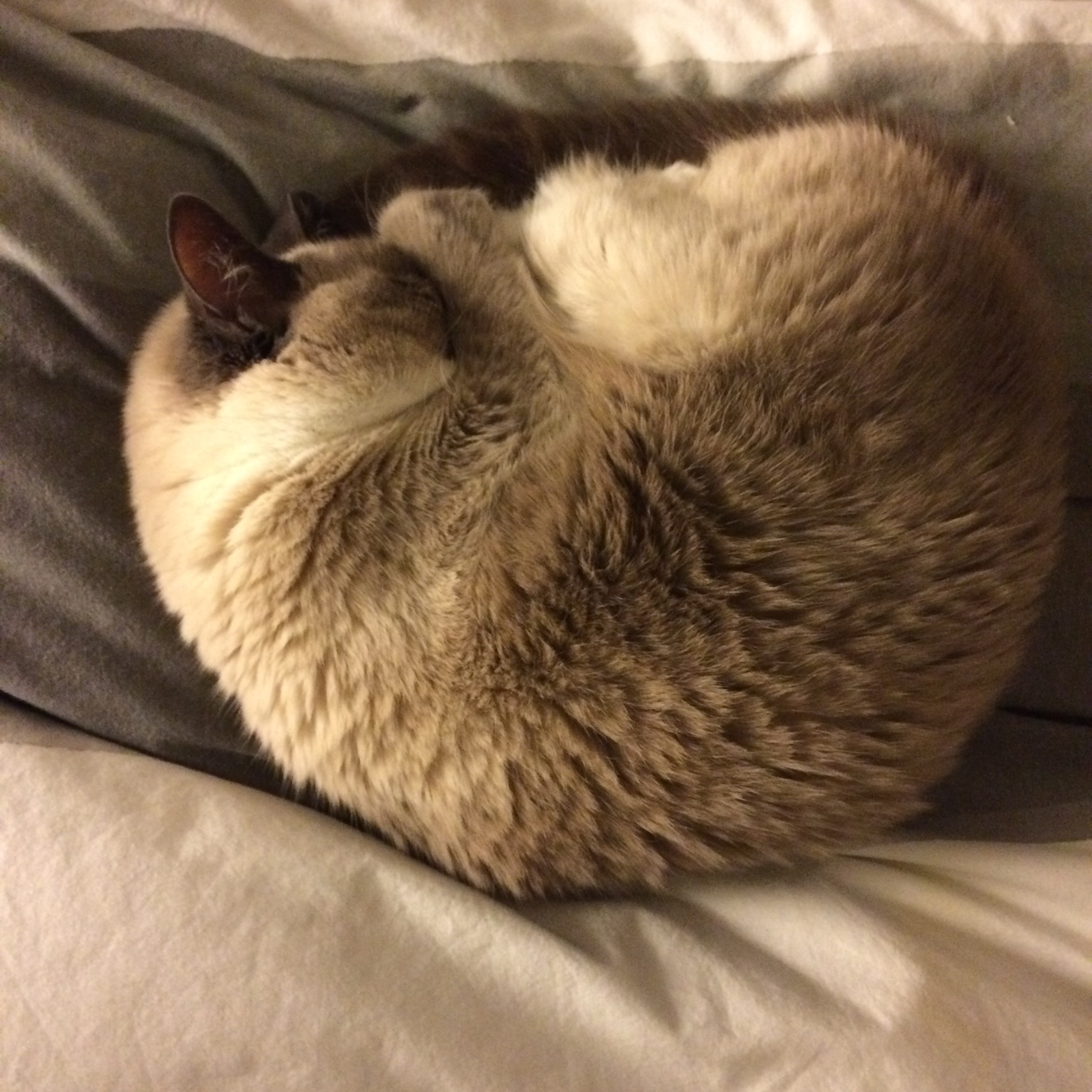
Time to sleep! I’ve been told I can fall asleep within just a couple of minutes of laying my head on the pillow. Sleep is a blessing!workout morning, I set out my clothes, shoes, and gym bag the night before, and plan out my food and electrolytes for breakfast around 5:20am.
Saturday Morning 5:00AM
Since I don’t typically need any food during any two-hour team oriented workout, I eat a simple breakfast with meat protein and low carbohydrates (mixed greens, or less than 1/4 of brown rice), bring a bottle for water, and pack some electrolytes. I often salt my food rather heavily both the night before and the day of a long training session, since my high protein and low carbohydrate diet forces my kidneys to excrete salt at a higher than normal rate.
Note: Later in the training cycle, I was forced to add more simple carbohydrates, such as a cup of rice porridge, or a serving of parsnip fries. I was burning far too many calories, and if I ate a high fiber meal (i.e. brown rice), I couldn’t get enough nutrients to stick. Eventually I lost over 17 pounds during the course of the training year from January to August.
This past Saturday, I forgot to take my electrolyte tablets, and in combination with eating some raw vegetables the night before that disagreed with me, I showed up to my workout already sick to my stomach. By the time I finished the first two hours of the workout, my guts felt pretty wasted. I then completed a three-hour bike ride on a group Computrainer ride at my sports club afterwards, but at a much less intense level. My Grumpy Tummy wanted to give up several times during the ride, but I hung in there until the end, went home, and slept it off.
5:00 PM As soon as my guts said, “Go!” I was eating again, making up for many lost calories. This is the hardest part of all — just eating! The way it works is for me to eat in small amounts over a couple of hours.
The best way to describe what happens is that I feel like I’m feeding a small army of famished hamsters, who keep returning to the kitchen for seconds and thirds. Each little hamster cries, “I can’t have alliums,” “I can’t have gluten,” “I can’t have soy,” “I can’t have dairy” and so on and so forth. All the hundreds of little hamsters hold out a plate and call out, “Feed me! Feed me!” And I lay on my back on the couch, or have my elbow on the table for support, and start forking the food into my mouth, one bite after the other.
Eventually, I had to insert homemade protein shakes to help get more calories in, and drinking your nutrition is an efficient way for my guts to uptake the extra calories. I made dark chocolate brown rice protein shakes enhanced with collagen.
Sunday 6:00AM
[Update: starting mid- May through August, I started Sunday Swimmy Swims at a local lake in order to get longer open water swim time in. I’d join 3 -8 others for an hour to two hour swim session, and then have a Rest Day on Monday.]
This Sunday I had an extra rest day, woot! In Ironman training terms, this means I get an additional day to recover from the previous week’s activities, stretch out the body gently, do some gentle yoga or a light walk, and take a complete break from swimming, biking, and running. With training hours around 15 hours per week or more, my body needs time to recover. Rest Day = Recovery Day.
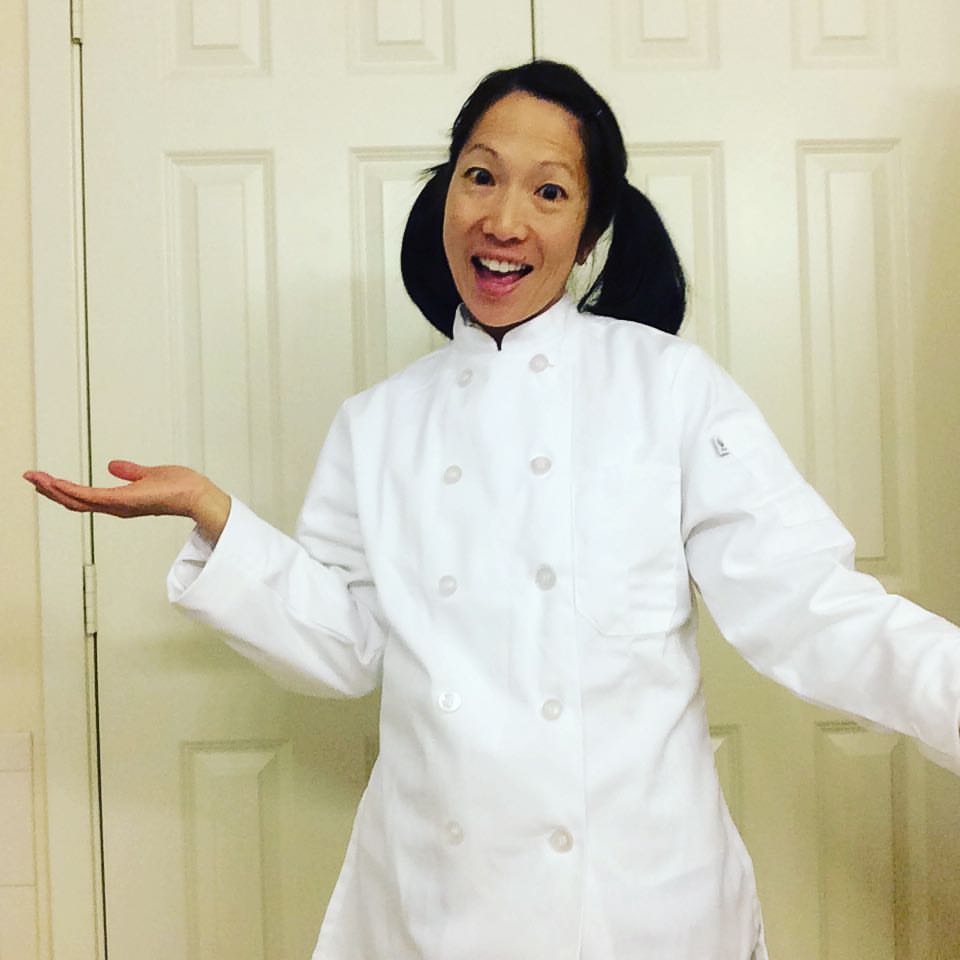
A rest day often means I am using a part of that day to prepare food by batch cooking. And lots of cooking means I get my own smock to keep my clothes clean
For me, a Rest Day also means focusing on food. I’ll sometimes journal about what did and did not work for me during the week, analyzing energy levels, looking at any progress in speed and power, and any challenges or problems that need correcting.
One of my favorite places to relax is in my fitness club, Pro Sports Club of Bellevue, WA. I typically spend time in the dry sauna and the jacuzzi, and relax and meditate on a spa chair and ottoman. In my toiletries kit, I have an assortment of gluten-free, natural products that are low or no scent. The locker room has a special area for fragrance-free dressing and primping; a big sign declares no spraying of fragrance, so usually I can breathe and not worry about walking into someone’s cloud of fragrance.
From 1pm to early evening, my usual activity is to relax with a hobby, such as coloring, or a quiet task, like sewing, repairing simple things, or watching a movie. If it’s time to do some batch cooking, I’ll have my grocery store list on my iPhone and make a dash for the local Whole Foods. Then my InstantPot is in use for the next few hours, as well as my Vitamix blender and all the BPA-free plastic containers for my food for the week.
A batch cooking session usually involves the following:
- 1-2 meats
- roasted vegetables
- 1-2 soups
- risotto or a brown rice dish
- sweet potatoes (for training food)
If I’m running out of items that are difficult to find or expensive when bought one at a time, I may put in orders through Amazon. Examples are: Paleo Wraps, gluten-free sauces, electrolyte tablets, and specific vitamins, etc.

Jan 30 2016. A low carbohydrate, gluten free diet combined with moderate intensity exercise and strength training grew me these muscles! Weight loss initially happened because of my CD diagnosis, and eventually my body found its way to a comfortable set point just a few pounds above my ideal race weight. Most of the sugar cravings are gone, but every once and awhile I get “hit” with a desire for chocolate!
While waiting for things to cook in the InstantPot after everything else is chopped and ready, I have some time to cuddle with the cat, relax with the husband, or take a quick nap. I’ve never been a very good nap person. I was the kid who would fake a nap just to keep everyone else happy. But since my CD diagnosis, I have noticed that the nap helps. I might crash on the couch for a few minutes, awakening to the sound of the kitchen timer, and being greeted by my sleepy cat. She seems particularly happy that I have a rest day to spend with her too!
Because it was Superbowl Sunday, we decided to eat out at one of my vetted restaurants for Chinese food on the eve of Chinese New Year. It was the perfect time to eat a relaxed meal and think about the coming Year of the Monkey.
Sunday 8PM I can check my workout schedule from my coach online using TrainingPeaks, and see what is in store for me over the next few days. I’ll spend a a little time organizing for the next two days, making sure I have everything I need, such as clean clothes, my GPS watch charged, Heart Rate Monitor strap clean and dry, and swim suit ready for morning swims at the pool.
It’s not the most glamorous life, but it’s one that works well for me.
On Monday, I received the results of my latest food allergy panel ordered from my allergist. All results came back as either positive for a clinical allergy (which means avoid those foods), positive for a food intolerance (which still means avoid those foods), or avoid if I’ve noticed symptoms when consuming these foods (and since I have, I’ll have to avoid these foods as well).
Well, three sheeee—ts to the wind. That’s at least one, and usually more than one, food allergy or intolerance across every food category: nuts, dairy, gluten, legumes, beans, seeds, meat, fish, fruit, and vegetables. If I couldn’t have some roots, I’d be in some deep trouble.
And yes, these foods are in everything, so as I have been doing, I’ll continue to cook at home to create the safest food possible from simple ingredients. This food-allergic and Celiac lifestyle is not easy to navigate, but it is do-able; in fact, I continue to say that I believe I eat better than most people do who eat out on a regular basis at fancy restaurants. My food is very pure, simple, and mostly clean (I’m not including the glasses of wine on the weekend, of course).
Update: by July, I had noticed Grumpy Tummy showed up after having almost anything with certain sugars in it, including alcohol. Because my training was so deeply affected by any gut distress, my Coach (bless his triathlete-oriented soul) strongly advised that I give up two things: 1) ALL eating out (no more restaurants, bun-less burgers, or tapioca dumplings), 2) ALL alcohol. I instituted these changes, and did so until two days after my Ironman race, when I ate in a restaurant for brunch in the airport).
Step right up and raise your hand if you know that you need to get started on making a change in your diet for your health. Together, we can make food fun again. I know it’s hard. And if you want to have Happy Tummy days, I can help educate and empower you to make that lifestyle shift that opens the door to many more Happy Tummy days to come.


